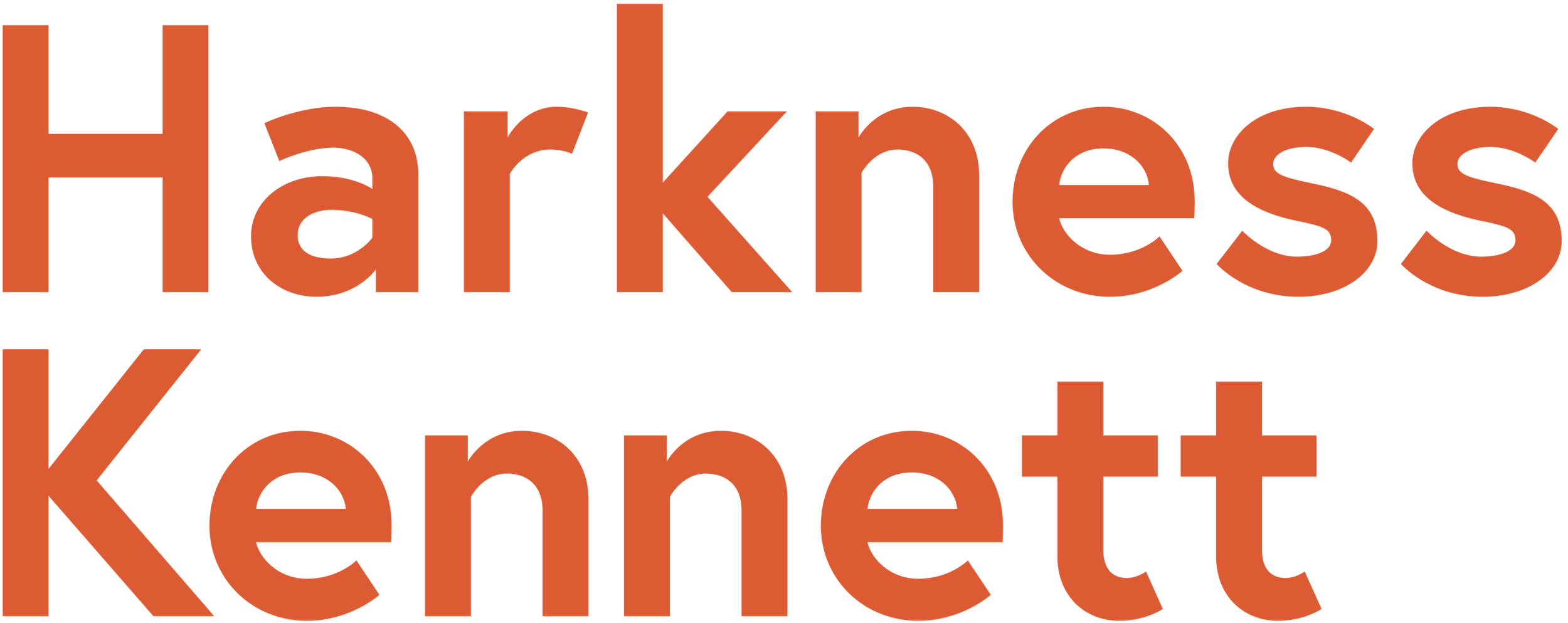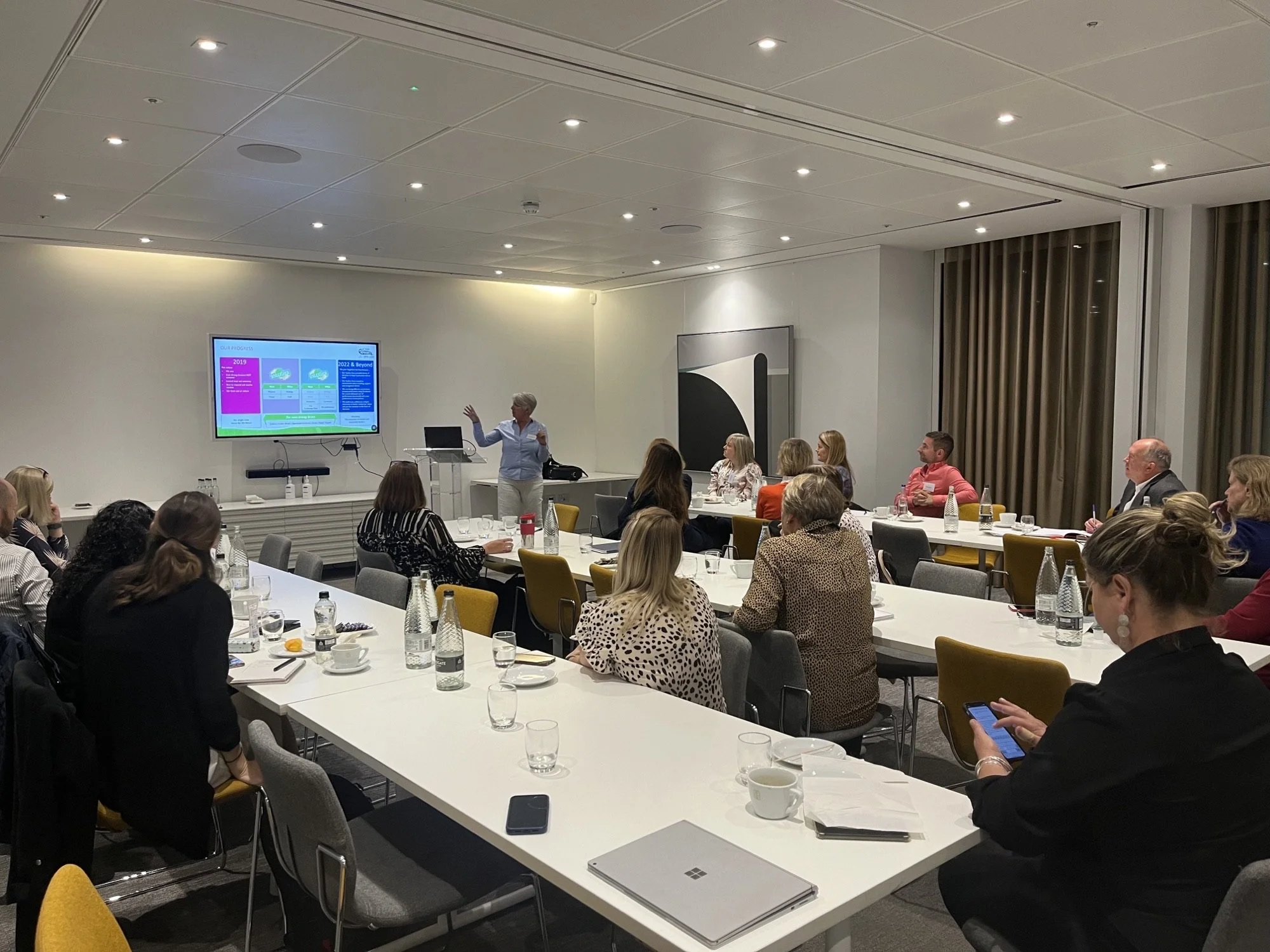Introducing Workplace
Yesterday we held another of our Breakfast Networking Sessions and were privileged to hear first-hand accounts from two organisations who have successfully rolled out Workplace.
Now, successful is a bold statement, and I know both Madeleine Brady of AstraZeneca and Sarah Mullins of Telefonica would use that word carefully – but I think that both of them believe that their organisations are a better place with Workplace – and that sounds like success! About two thirds of the participants were already using Workplace, and the remaining third were thinking about it – and surprisingly we all seemed to have left any scepticism at the door. So perhaps Facebook’s Workplace has managed to tap into something good and worthwhile?
Telefonica launched Workplace in November 2017 in the UK, followed by a global launch in 2018. AstraZeneca launched 12 months ago – so both organisations are still developing their approaches, but are far enough down the track to see how it has landed, and largely it has been a good experience. Both organisations have seen that it has transformed the way they talk to each other within the business, and Sarah described it as ‘the biggest disruption to IC in 20 years’ – saying that it has democratised communication. Madeleine shared the key ways in which she feels it has transformed their communications at AstraZeneca:
Informality – putting communication back into the hands of the users
Speed – with the reliance on the Comms teams to be the publishers shifting
Presentations – more employees can listen to presentations, and can comment in real-time – and get real-time responses
Greater access to the ‘brains’ of the senior leaders – Workplace provides an opportunity to see and comment directly on new projects within the organisation
A direct voice – providing leaders with a greater opportunity to bring their vision to life and encourage conversations
Collaboration – working groups have enabled problem solving within functional teams in a better way
Reflecting on their journey at Telefonica, Sarah has seen how the adoption of Workplace has changed the role of comms professionals – becoming a strategic counsel to leaders in particular, and helping them to work out what would suit them and their style. Sarah was keen to point out that ‘not all things are equal’ – and whilst some people are good doing face to camera Vlogs – some will be better placed using Workplace in other ways.
The ‘live’ section of Workplace has been a real interest grabber at Telefonica – but it has taken a little bit of educating to get it right; sharing content that is suitable for broadcast is a key part of this.
Both organisations had a very active launch; they made sure people knew it was coming and encouraged everyone to get involved – and both have had a massive uptake. It would seem that the previously revered ‘soft-launch’ approach for social media channels has been overturned – and has reaped rewards.
Interestingly, both organisations found working with a partner to help manage the introduction and work with Facebook important. As well as technology aspects, you’ll need to consider cultural elements – and finding all those skills in one place can be tough. A key recommendation is to consider what your Workplace Crisis plan is before you launch – as the first time there is a business critical event in your organisation – you can guarantee there will be a surge in traffic on Workplace.
Now that Workplace has become more established, both organisations are looking at how they can use it to its best. Key issues are addressing privacy concerns, encouraging late adopters, on-boarding new joiners, keeping the content fresh so that it pulls in users and make the most of the collaboration tools.
A common question was ‘how do you police the content?’ Well the simple answer is – they don’t.
Another question that many of the participants wanted feedback on was about aligning the purpose of intranets and with Workplace. Both AstraZeneca and Telefonica have maintained their intranets for two main reasons: firstly, Workplace isn’t mandatory – so you still need to cater for those not on it, and secondly, Workplace isn’t a very good at being a filing cabinet. Both Sarah and Madeleine agreed it can be hard to find ‘older’ content on Workplace – so the intranet is still a much-needed platform on which to house core documents – and they often post links on Workplace to take users to the intranet.
So two great examples of how Workplace has been successfully introduced and is changing communications for the better, and also how it is changing the role of comms professionals. With many examples of collaboration, a less bureaucratic approach and a real opportunity to create two-way communication the benefits are easy to see. Thank to you to Madeleine and Sarah for leading a great conversation.
If you’d like to join our email distribution list about future events drop me a line at: nicola.gallagher@harknesskennett.com
Published by Nicky































